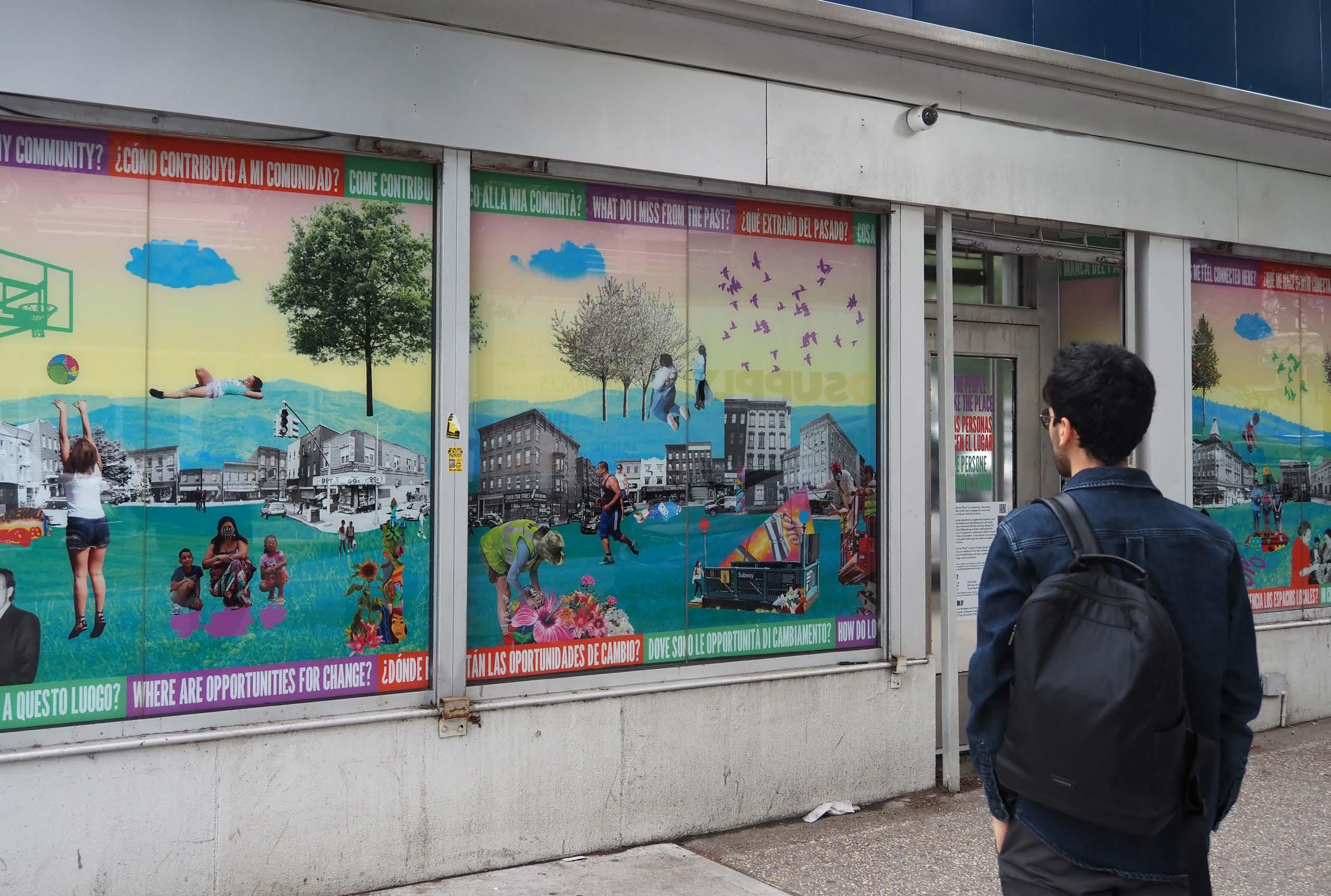

Design Sprints:
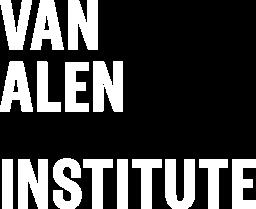

Design Sprints: Building Creative Capacity
Van Alen Institute’s Design Sprints — a fast-paced community-led design program — mobilizes community leaders, equipping them with design training, technical assistance, and cross-disciplinary collaboration. In Spring 2025, Van Alen partnered with the New York City Department of Small Business Services’s (SBS) Building Creative Capacity Program. This partnership explored the intersection between arts programming and economic development, with a focus on areas with high storefront vacancy. Design Sprints paired local organizations with design professionals to activate storefronts and address the vital role of culture in maintaining thriving commercial corridors. The program was made possible through SBS’s Avenue NYC Organizational Development Grant.
Using this Guide
This document is meant to help Community-based Development Organizations and Business Improvement Districts considering creative solutions to address vacant storefronts in their commercial corridors. The recommendations selected were important considerations that groups had to think about when planning their successful activations and may be useful for small organizations with their own storefront or those impacted by vacancy — such as grassroots groups, tenants rights advocates, and low-income cooperatives.
Grand Street BID:
East Williamsburg Storefront Activation
The People Make the Place!
IT: Le Persone Fanno il Luogo!
ES: ¡Las Personas Hacen el Lugar!
Storefronts: 237 & 246 Graham Ave, Brooklyn
Dates: On view June 9–30, 2025
Project Team: Francesca Fernandez Bruce, Executive Director, Grand Street BID; L&L Studio; Yalda Keramati, Founder, ReFrame Architecture
Project Collaborators: Yasan Mansi, Community Engagement Manager, Grand St BID; Sylvia Riveros, Artist; Farzana Gandhi, Founder, Farzana Gandhi Design Studio; Hilary Sample, Co-Founder, MOS
Architects; Joseph Messana-Croly, Program Manager, Van Alen Institute; Think Box; Smart Department
The Grand Street Business Improvement District (BID) is a nonprofit community development organization creating a vibrant commercial district along Grand Street in Brooklyn through advocacy, beautification, and sanitation efforts.

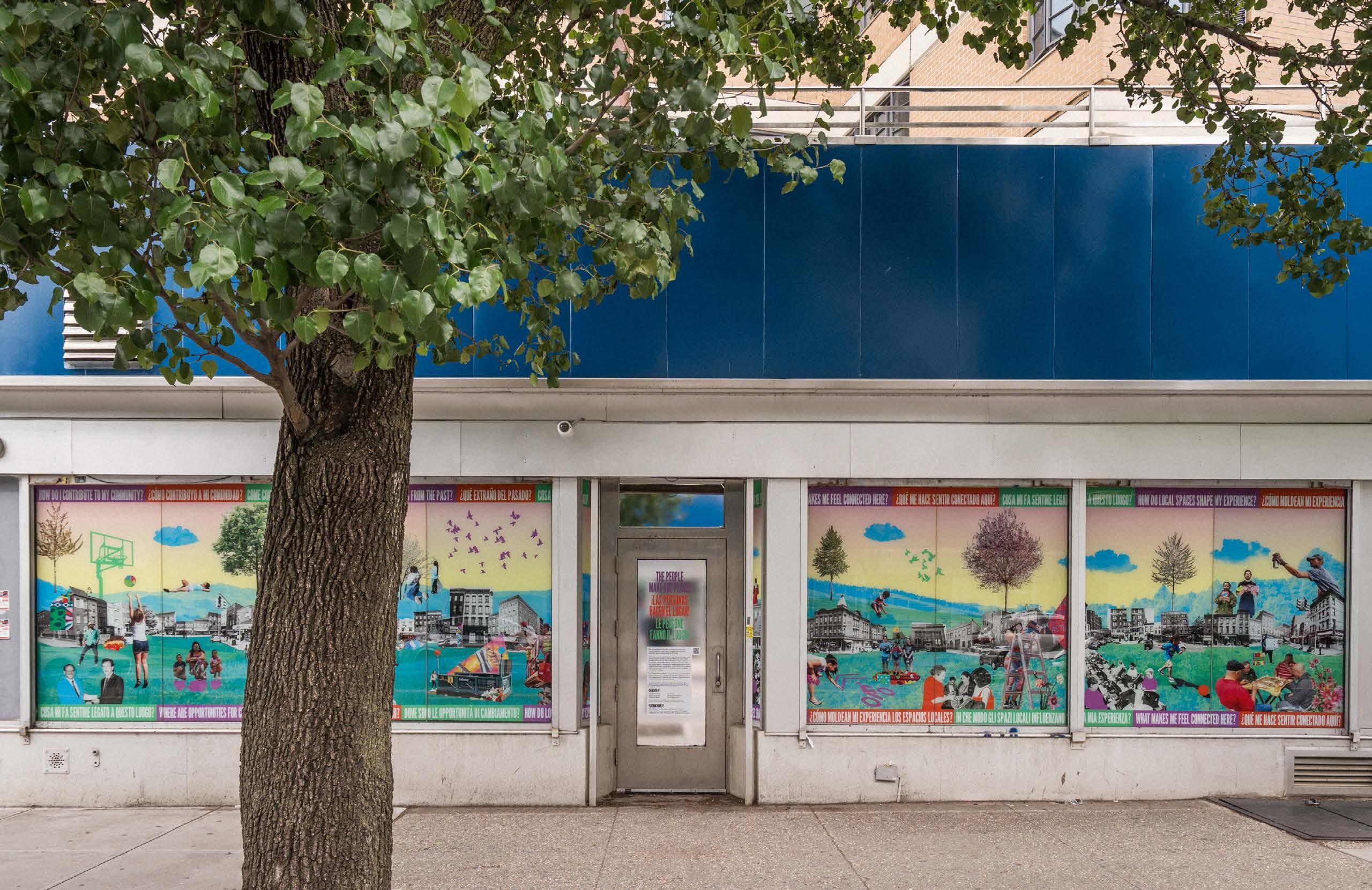
Project Summary
Featuring art and archival materials from neighborhood partners, The People Make the Place! spotlights East Williamsburg residents, honors the neighborhood’s leaders, and reflects its culture of co-creating public spaces. On the nearly block-long storefront at 237 Graham Ave, a photo-collage mural by L&L Studio celebrates the past, present, and future of East Williamsburg. Inspired by 1960–70s speculative design, the mural weaves together community-sourced images highlighting key places and people. It is framed by questions in Spanish, Italian, and English — languages historically spoken in the neighborhood — that prompt reflection on how viewers shape their community.
The mural is complemented by two storefront window exhibits at Grand Street BID’s headquarters, located across the street at 246 Graham Ave. Re: Place, a series of geometric sculptures by ReFrame Architecture, references the forms of storefronts. Reflective surfaces place the image of viewers within the sculptures, emphasizing the vital role of community in sustaining place. Sylvia Riveros’ photo series Toñita provides an intimate look at the Caribbean Social Club — a long-time gathering space for Puerto Rican and Latin American communities — and its remarkable founder, Maria Antonia “Toñita” Cay.
Grand Street BID has a strong track record of creative initiatives and a clear commitment to collaborating with residents, artists, and local designers. The organization secured an agreement for the temporary use of a large storefront on Grand Street, which the team was able to visit together prior to the program’s launch.
The following steps offer an overview of the main elements that will be necessary for partners considering activating vacant storefronts.
Create a Design Concept:
Ideate with your design team to reflect the local context
When considering a vacant storefront activation, it’s important to include the local context and unique neighborhood assets as a driver of your design. At the program’s outset, The People Make the Place! Design Team ideated ways to activate the storefront, offering strategies for concealing and highlighting vacant spaces while envisioning a cohesive, inviting atmosphere. Early concepts included how the activation could incorporate community-driven elements to engage local artists and residents in shaping the final design of the activation.
The Grand Street corridor is primarily composed of small scale businesses, yet recently the street has new large developments waiting for larger retailers to rent their storefronts. These sites were considered as budding opportunities for an activation reflecting on the area’s past, present, and future. L&L Studio photographed the neighborhood and explored archival materials from East Williamsburg, developing a set of guiding questions to help frame the narrative and ultimately the activation itself.
Lay the Foundation: Goals, Roles, and Project Flow
Short Term: Leverage art and cultural producers to create a window mural that reflects on the diverse neighborhood histories of the community while visioning future opportunities.
Long Term: Increase awareness of the BID’s commitment to the community’s thriving commercial district.
Grand Street BID issued an open call to community members, partners, and supporters, inviting them to contribute images, stories, and other materials to be incorporated into the project. Local artist Sylvia Riveros was brought on board to contribute to the project. ReFrame Architecture adapted a sculptural design for the window display while the L&L Studio drafted guiding questions that were translated into Spanish and Italian— languages traditionally spoken in the neighborhood.
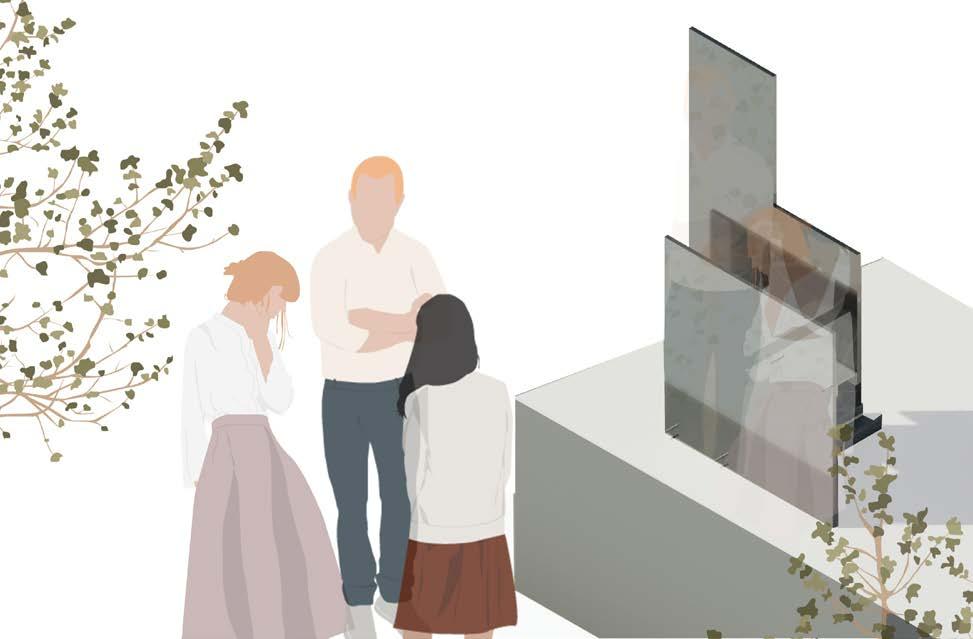


Be Strategic: Location and Timeline Go Hand in Hand
Storefront Selection & Timeline Impact
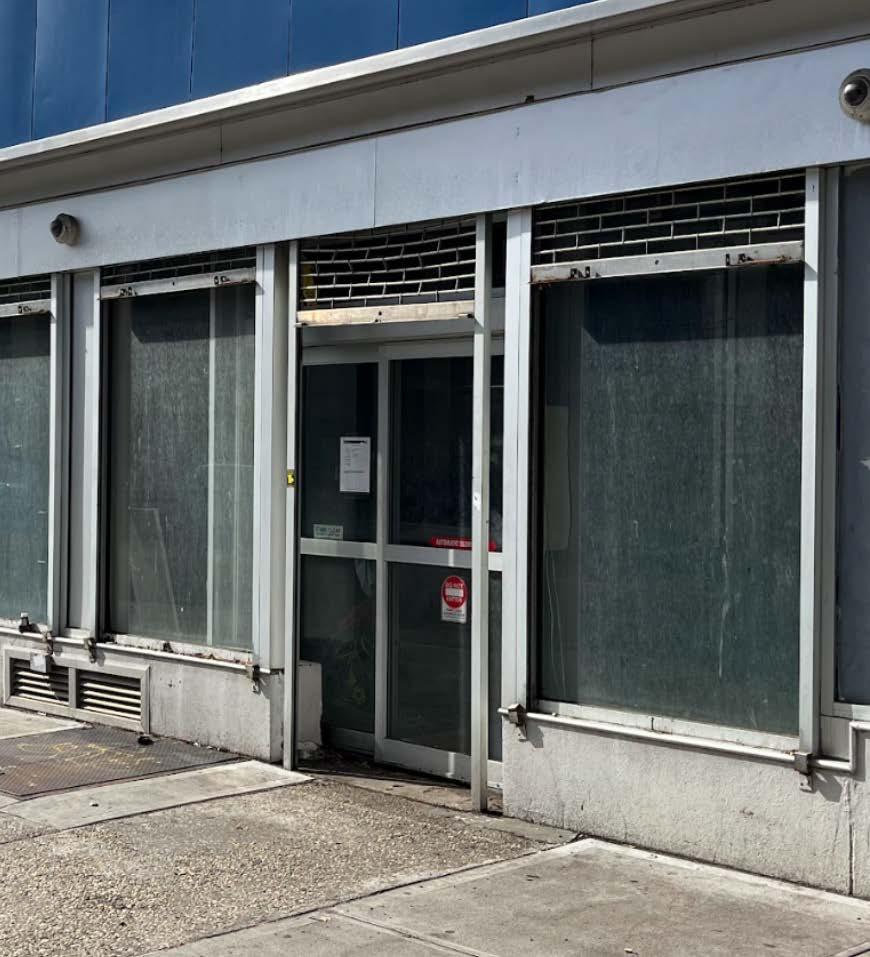
Easiest Moderate Toughest
Own storefront
Existing positive relationship with landlord
Ability to offer incentives to landlords
Ability to provide clear terms & agreements
Storefront has a friendly/known future tenant
Known co-op ownership
Know the landlord, but do not have a strong relationship
Unknown co-op ownership
Storefront has an unfriendly, unknown, or bigbox future tenant
You just “know of” the storefront, nothing else
When selecting your storefront, there are criteria that will impact your timeline. While Design Sprints: Building Creative Capacity sought to build relationships with property owners, activating privately-owned vacant storefronts can be a challenging undertaking. The easiest activations would be in storefronts that you own or already operate, as you would not need to go through the process of coming to an agreement with a landlord. Van Alen Institute has recently activated their own storefront with vinyls for projects including GLOwanus and The Dear Neighbor Project . You may always consider expanding your activation to additional storefronts including your own. Addressing the challenge of storefront vacancy requires building strong relationships with property owners to understand their motivations and involving them in the community benefits of the project goals.
Timeline Impact: Property Owner Engagement
Working with a landlord or property manager you know well is likely to be easier than establishing a new relationship. You will simply need to adjust your timeline. Consider offering clear terms & conditions in addition to incentives to landlords. One of the projects in Design Sprints: Building Creative Capacity activated a storefront owned by an HDFC cooperative. In this case, you will want to consider that decisions will need to be made by a board, rather than by an individual.
Breakdown Your Budget: Project vs Design Budget
The project budget is a key part of the conversation for activating a vacant storefront. The project budget is generally understood to be the total costs of a project, which includes design, labor, fees, insurances, fabrication, materials, de-installation, and miscellaneous costs. The design budget includes the cost of the designer and any consultants. The fabrication budget includes the costs to construct the design. There may be project-based costs that are independent of the design and should not impact the design budget. Projects can be developed using pro-bono or low-bono services.
Item Cost Note
Vinyls + Photo board production
Sculpture fabrication
Permissions to use Sylvia’s work + artist time
BID Staff time (pro bono)
Ongoing oral history collection
$5,245 Includes fabrication replacement and installation of BID’s original window vinyls for program closeout
$4,254
$790 Paid
$0 The BID did not charge for time (10%+ staff time) estimated at $3,000
$1,000 In order to compensate for the abbreviated timeline and honor the spirit of community submissions, BID contracted with artists to continue the digital collection at event, est. $4k
TOTAL $11,289
Plan for Flexibility: Identify Alternate Storefronts
By the program’s fourth week, Grand Street BID received news that the storefront was no longer available (the incoming tenant accelerated their construction timeline). The BID team quickly pivoted to identify a new location and successfully secured a storefront at the nearby Williamsburg Houses. This allowed them to extend the project into the BID’s existing storefront across the street and create a mirrored experience.
The project aimed to highlight commercial space for lease so Grand Street BID compiled information and visually surveyed the commercial district’s vacant storefronts. They used the list of locations below to identify other potential activation opportunities that don’t require expensive adaptive reuse. Your project team should put together a similar inventory to track vacancies within your commercial district.
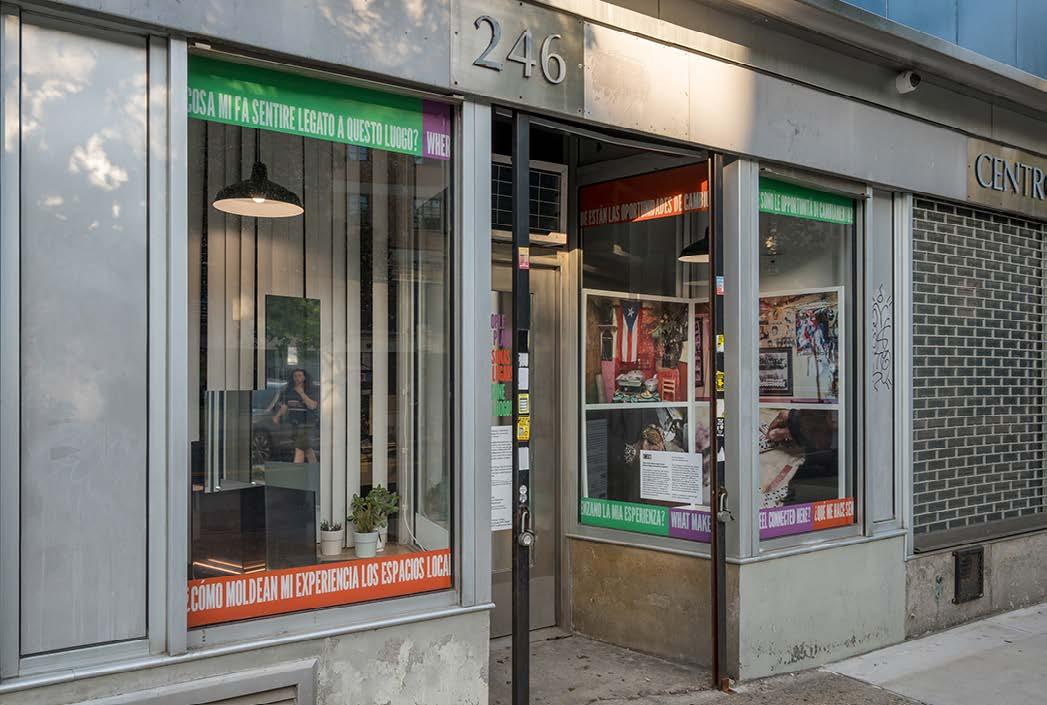

District Storefront Vacancy Inventory: Accurate as
Location Note
487 Grand Street
496 Grand Street
535 Grand Street
545 Grand Street
551 Grand Street
584 Grand Street
590 Grand Street
594 Grand Street
648C Grand Street
658 Grand Street
658 Grand Street
660 Grand Street
666 Grand Street
671 Grand Street
676 Grand Street
686 Grand Street
696 Grand Street
701 Grand Street
720 Grand Street
7?? Grand Street
738 Grand Street
749 Grand Street
753 Grand Street
775 Grand Street
777 Grand Street
790 Grand Street
Live XYZ roll down gate
Live XYZ cellar space
LiveXYZ Retail for Lease
LiveXYZ Storefront is occupied with cardboard boxes
Live XYZ roll down gate
Live XYZ roll down gate
Live XYZ roll down gate
Live XYZ roll down gate
Live XYZ roll down gate commercial space for rent
Live XYZ roll down gate
Live XYZ roll down gate
Live XYZ roll down gate 40.71133, -73.94599
Live XYZ roll down gate
Live XYZ roll down gate
Not finding this address on Live XYZ
Live XYZ roll down gate For Lease
LiveXYZ roll down gate, Building for Sale
Live XYZ roll down gate
Live XYZ roll down gate
Live XYZ roll down gate, 40.71180, -73.94338, For Lease
Address not found in Live XYZ
Live XYZ shows Friends Beautiful Nail Spa
Live XYZ roll down gate, 40.71182, -73.94304, Commercial Space For Lease
Live XYZ roll down gate, Commercial Space For Lease
Address not found in Live XYZ
LiveXYZ newspaper print in the windows
798 Grand Street No address in Live XYZ
804 Grand Street
Live XYZ Roll down gate, For Rent sign
Additional information about these storefronts are available on the Live XYZ website.
Define the Project Scope: Align Your Activation Within Budget
Project Scope & Budget Impact
Affordable Moderate Expensive
Small storefronts
Gate/murals
DIY projects
Displaying existing /historical /donated objects
Using paper low/ cost materials
Med. Storefronts
Small vinyls
Alternatives such as fiberboard
Artist fees & handymen
Business & community engagement
Large storefronts
Large vinyls
Interior activations
Professional fabrication of sculptures or furniture
Renovations, electrical work
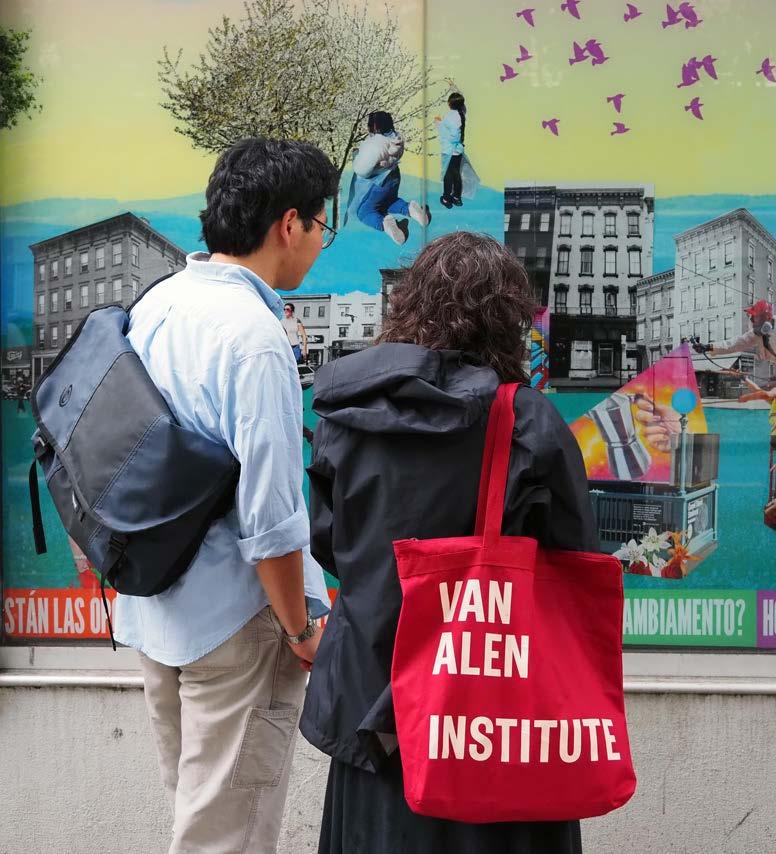
After you identify a vacant storefront, make sure it is physically empty (not leased or rented) and available during the period of the project. While a storefront may appear vacant, it may still have a lease or be rented. A vacant storefront may not have access to water or electricity. Without electricity, the storefront activation might not be able to provide power for lighting. It’s important to consider how the storefront would look during the day and night. You should have a budget in mind to start planning where you will allocate that budget. Your initial scoped project will also likely not be your final product. Your storefront size will have a major impact on your budget. However, you may opt to use only a portion of a large storefront as the Grand Street BID team did.
The fabrication process should also be considered at the scoping stage. An installation that requires professional fabrication support (i.e. sculptures, vinyls) will cost more and will take time due to the bidding process. Best practice is to contact several fabricators with clear drawings prepared by your designers and choose the most competitive estimate. The drawings can be sketches, renderings, illustrations, and architectural plans and sections. Typically fabricators or builders give more accurate pricing if drawings are dimensioned. If you fail to account for ample time, the process will be rushed and you may find yourself with fewer options. On the other hand, engaging with local businesses or the community to create a more low-cost installation, or even with one local artist, could be more cost effective. For this project, fabrication brought its own challenges: the initial quote exceeded the overall budget. A revised strategy was developed, splitting the work between two fabricators based on their areas of expertise—one for vinyl production and another for the sculptural elements—allowing the team to stay within budget. Other scoping considerations include:

1. Designer/Artist Agreements & Compensation:
For the purposes of this program, all designers (with the exception of Sylvia Riveros, a local artist hired by Grand Street BID later in the process) were contracted and provided a low-bono stipend through Van Alen Institute. When going through an activation of your own, you will want to conduct outreach to design professionals early in the process, provide them with an idea of your vision and timeline, and be clear about any compensation you can provide. Once you have identified your team, formalize agreements with them outlining the project scope, designer responsibilities, project timeline, and payment details.
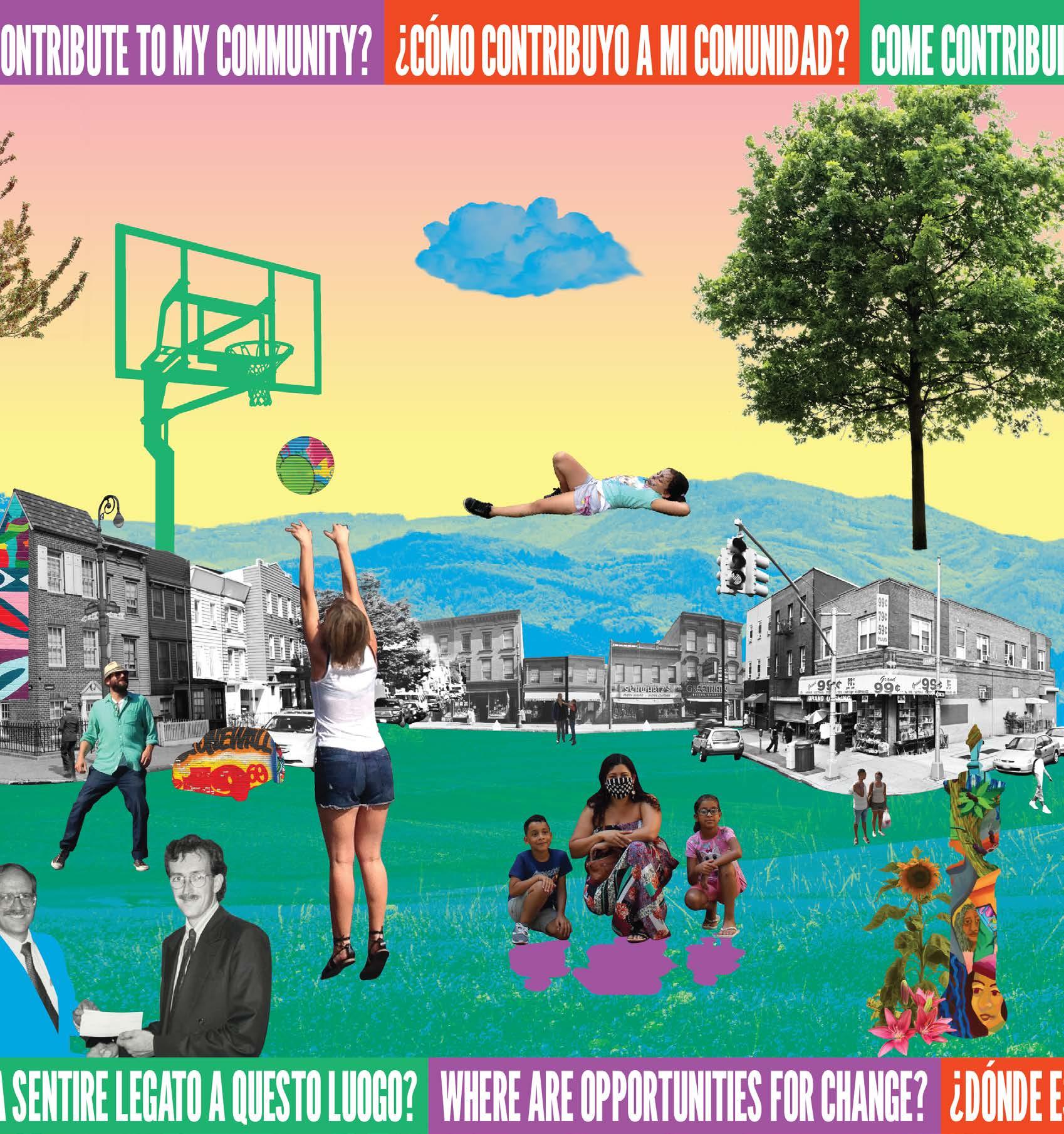

2. Project Management & Maintenance:
Project management responsibilities for Design Sprints: Building Creative Capacity were divided between the design team, the program manager at Van Alen Institute, and the community partners through fabrication. It should be noted that these projects may require more time from a team member than anticipated. If you do not have a project manager on your team, you may want to make sure that a designer will assist with that aspect of the project.
Once installed, maintenance may be required, this will ultimately likely fall on you as the organization that planned and funded the project. However, there are quite a few ways to mitigate maintenance. These should be discussed with your project manager/designers. The activations in this pilot program are fully behind glass windows, meaning any defacing can be easily washed away. The materials used for “The People Make the Place” were intentionally designed with durable materials that withstand wear and tear.
3. Community Engagement & Public Programming:
Public engagement is an important component to help elevate the activation and gather community support. At Grand Street BID, participation was anchored by existing BID programming to host the Grand Street Neighborhood Bash. Additionally, Stacey Geller supported the launch of a digital platform where community members could contribute personal stories, responding to the project’s guiding questions and title.
4. Take Advantage of Available Resources:
Resources and other supporting materials are available upon request for any groups seeking more guidance to plan their own facade activations. Reach out to Van Alen Institute or SBS for more information accessing any of the following materials:
Cooper Square Committee Vacant Storefront Activation Report
Materials for the Arts
Workshop: Design Tools for CBDOs Merchant Agreement Templates

